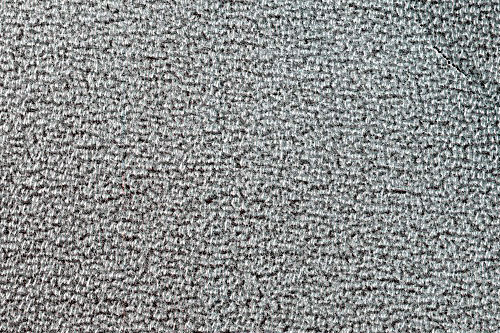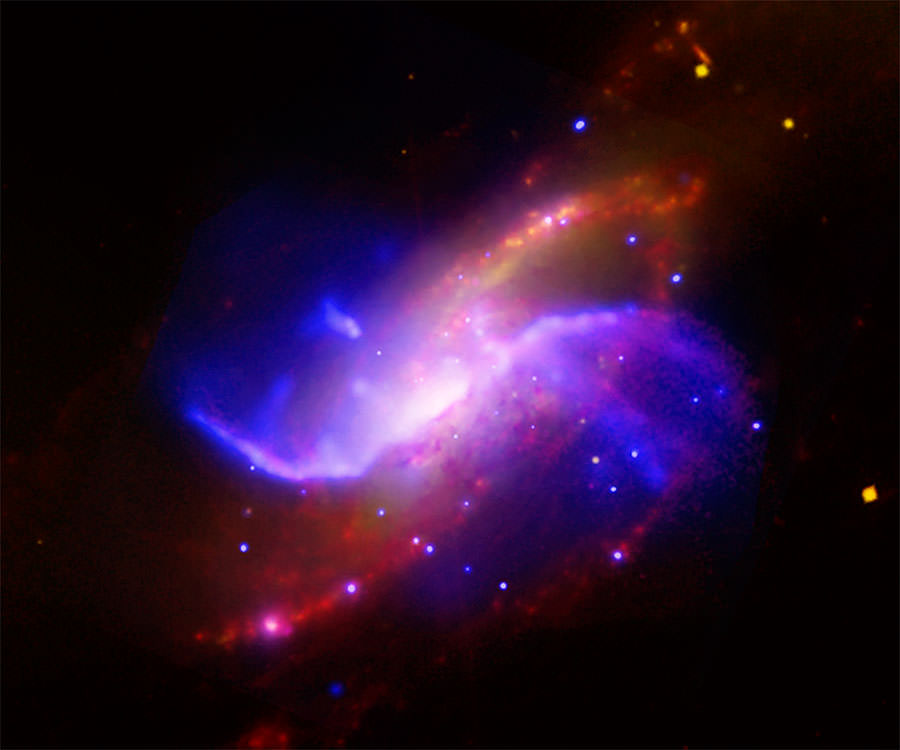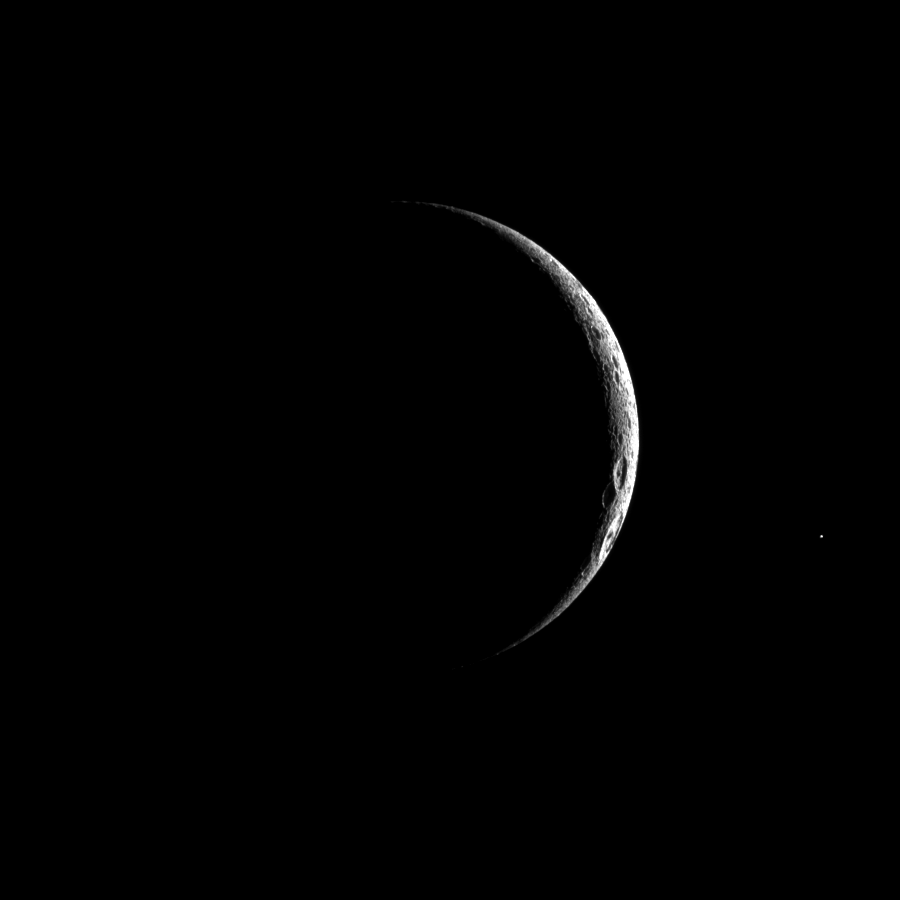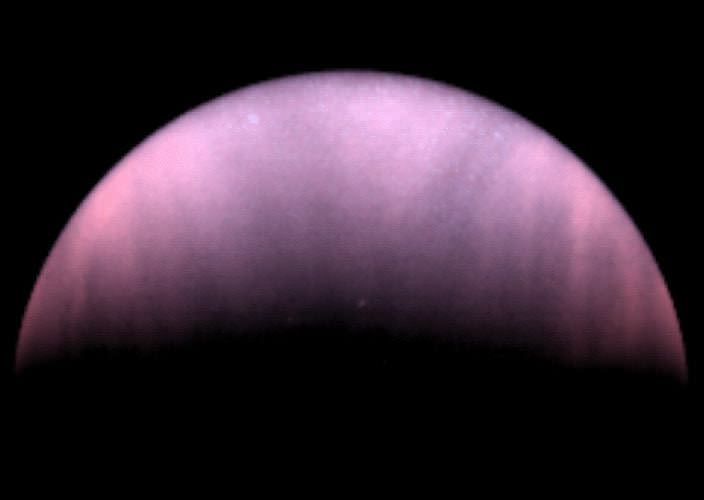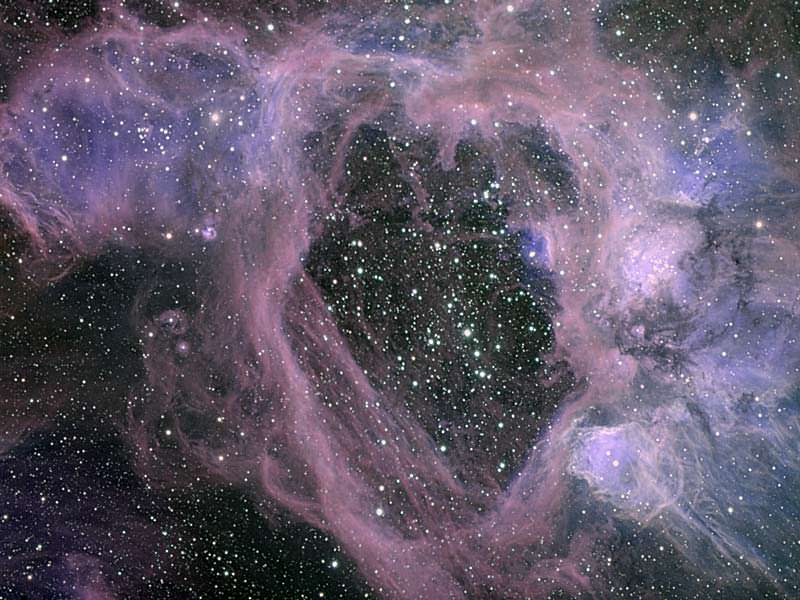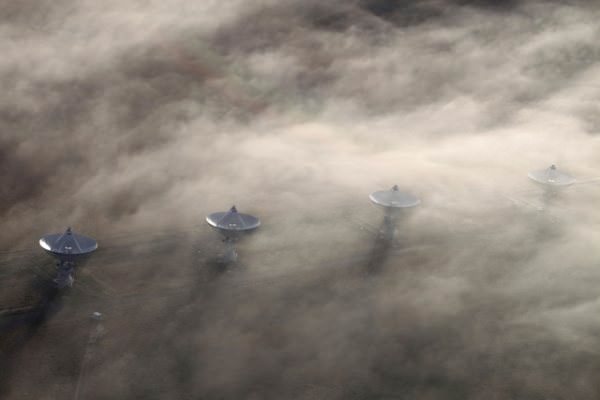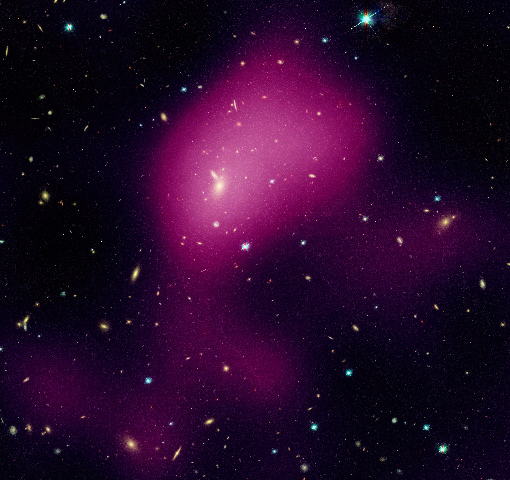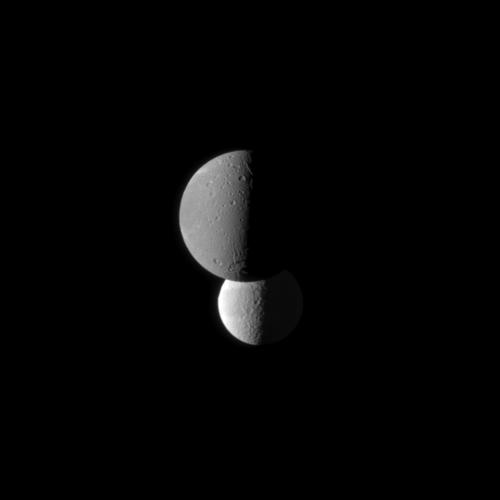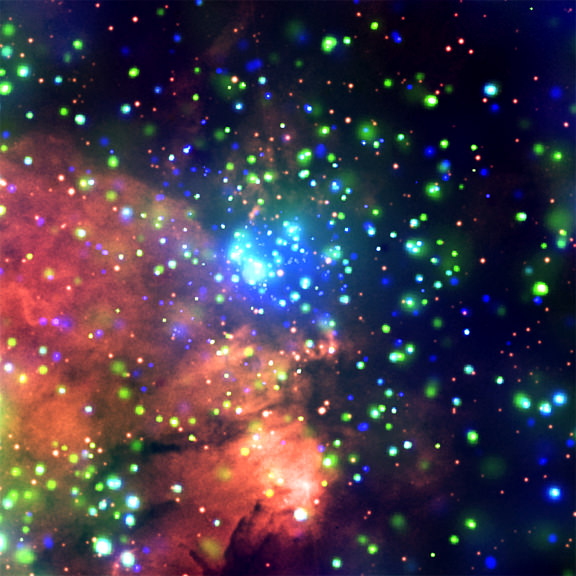[/caption]
Here’s this week’s Where In The Universe Challenge. You know what to do: take a look at this image and see if you can determine where in the universe this image is from; give yourself extra points if you can name the telescope or spacecraft responsible for the image. We’ll provide the image today, but won’t reveal the answer until tomorrow. This gives you a chance to mull over the image and provide your answer/guess in the comment section. Please, no links or extensive explanations of what you think this is — give everyone the chance to guess.
UPDATE: The answer has now been posted below.
Although “carpet” was the first thing I thought of when I saw this image, it actually is on Mars, and was taken by the HiRISE camera on board the Mars Reconnaissance Orbiter in 2008. These are numerous pit craters in polar layered deposits. Pit craters are depressions formed by a sinking of the ground surface lying above a void or empty chamber, (like the lava tubes seen on the Moon recently) rather than by meteor impacts or the eruption of a volcano or lava vent. I’m trying to imagine what this region would look like if you were standing in amongst these pits. The resolution listed on this image is that objects ~96 cm (38 inches) across resolved, so it is quite close up. See a larger version and more info on this image at the HiRISE website.
And check back next week for another WITU challenge!

